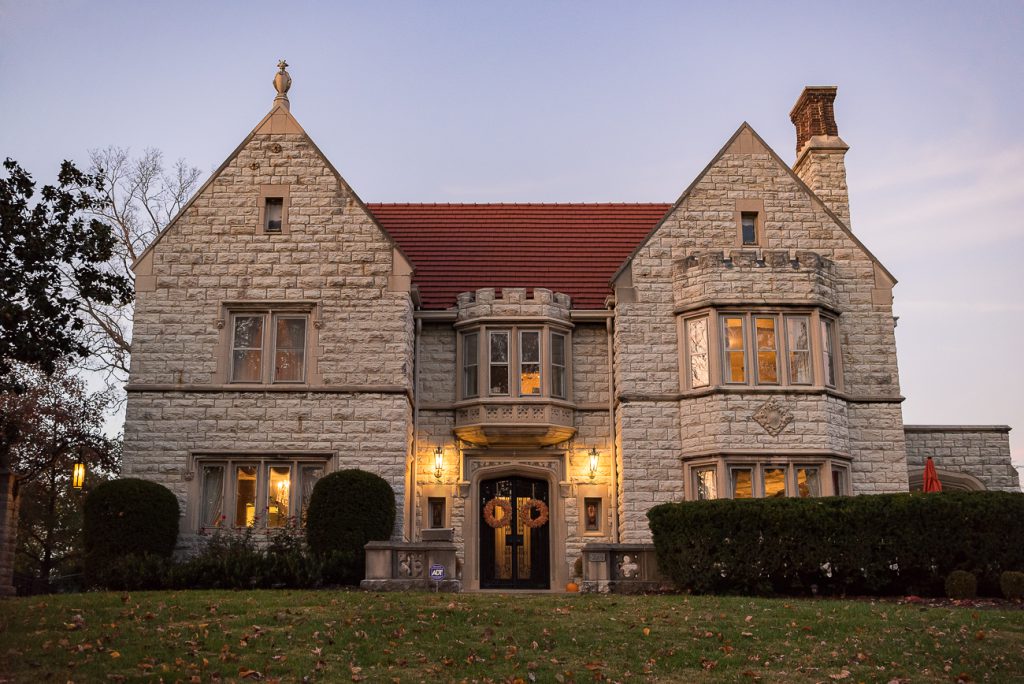
Both North Avondale and Avondale can trace their history back to the mid 1800’s when large tracts of land were subdivided and wealthy merchants and manufacturers began building large homes on spacious lots. The same was also happening in other areas outside of the city of Cincinnati, creating the first suburbs such as Clifton, Mt. Auburn and Walnut Hills to name a few. Stephen Burton, a prominent Cincinnatian and ironworks owner, was one of these residents. He would become the first mayor of the Village of Avondale, which was incorporated in 1864.
As the neighborhood expanded northward into the late 1800’s and the population increased, the demand for public services such as police and fire protection and public sewers increased as well. These issues were largely improved when in 1896, the City of Cincinnati, also in an effort to regain population and tax revenue that had left for the suburbs, annexed the Village of Avondale into the City.
By the 1890’s the Village had spread nearly to the brow of the hill overlooking the Millcreek valley and in 1892, it was announced that Robert Mitchell, president of the Mitchell Furniture Company, would build a mile-long avenue that would open up a substantial tract of land for new homes at this north end of the village. Housing construction began around 1900 and this and the surrounding area became what today makes up the majority of North Avondale.
Businessmen such as Andrew Erkenbrecher, Samuel Pogue, Frank Herschede, Barney Kroger all built homes on these winding streets around the turn of the century. Many of these residences were and still are some of finest examples of residential architecture in Cincinnati. Italian Renaissance, English Medieval, Greek Revival and other styles can be found here.
From the mid 1800’s to the 1950’s, North Avondale and (South) Avondale had seen many changes in the racial and religious makeup of its population. After World War II however, many residents were leaving Avondale to buy modern homes in the new suburbs. This started a trend of old large homes being subdivided, often illegally, into low-rent apartments for the new residents and caused property values to fall in South Avondale. In effort to thwart this same fate, in 1960, a group of residents in North Avondale formed NANA (North Avondale Neighborhood Association) to help fight “blockbusting” and other unscrupulous realtor practices of the day and to promote intra-community relations and help make North Avondale a racially and economically integrated, stable neighborhood.
Here’s the press release about North Avondale Neighborhood’s first annual meeting dated May 4, 1961:
“The Future of North Avondale” will be discussed at the first annual meeting NANA (North Avondale Neighborhoods Association) Tuesday, May 9 at 8 p.m. in North Avondale School. The program will consist of a panel moderated by Charles Messer and election of officers.
Panel participants will be Father David McCarthy, Xavier University; George Redfern, assistant superintendent of public schools; and former Vice Mayor, Theodore M. Berry.
Arrangements for the meeting are being made by John Goldman, assisted by Dr. Murray Tieger and Wynn Newman.
Nominees presented by nominating committee are: Carl Gutman, Chairman; Dr. Louis Brown, First Vice Chairman; Robert Levy, Second Vice Chairman; Mrs. Riley Matthews, Secretary; A. Edgar Aub, Jr., Treasurer.

